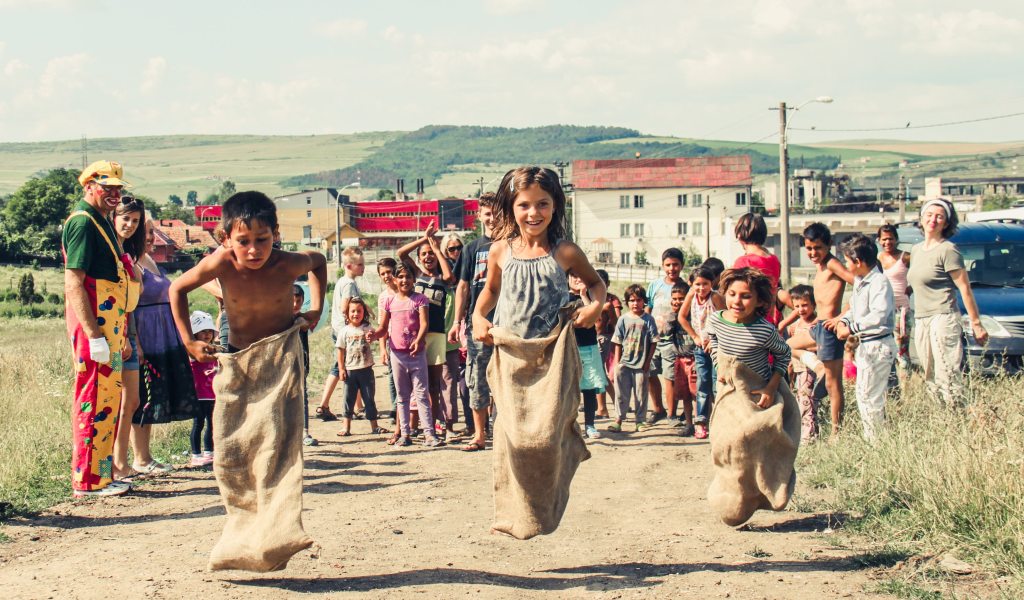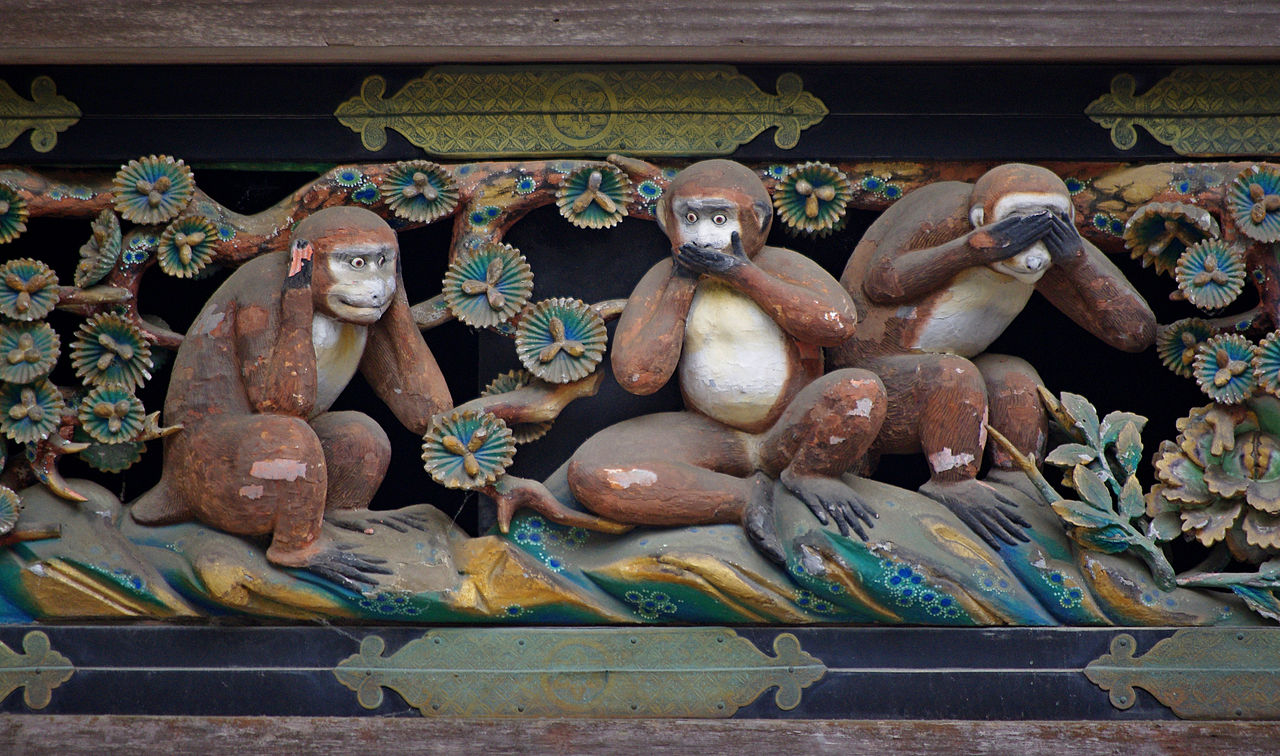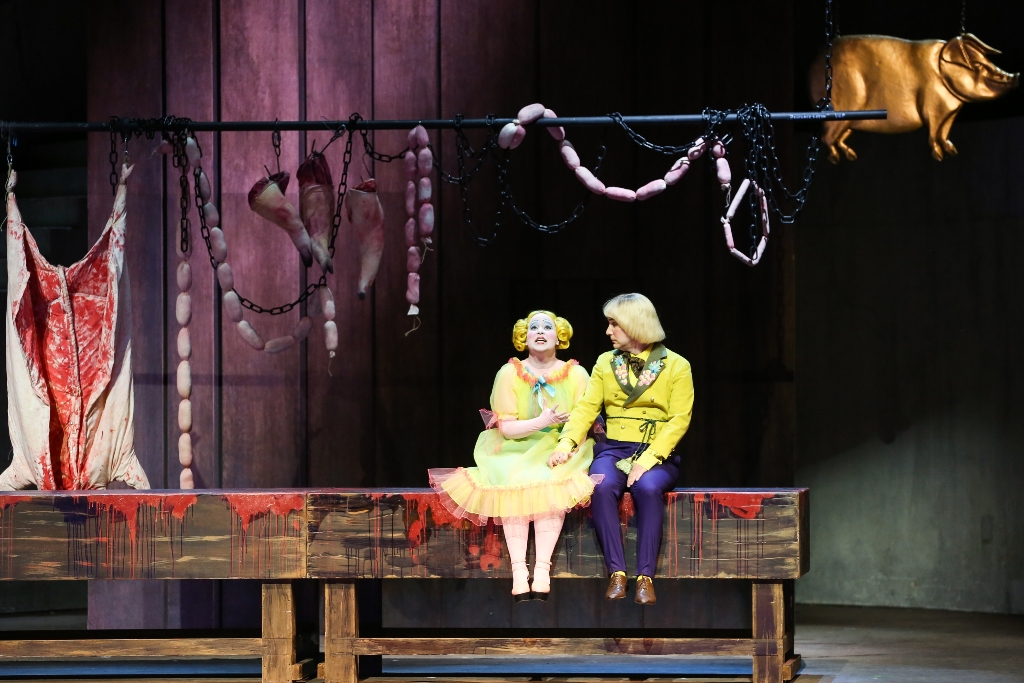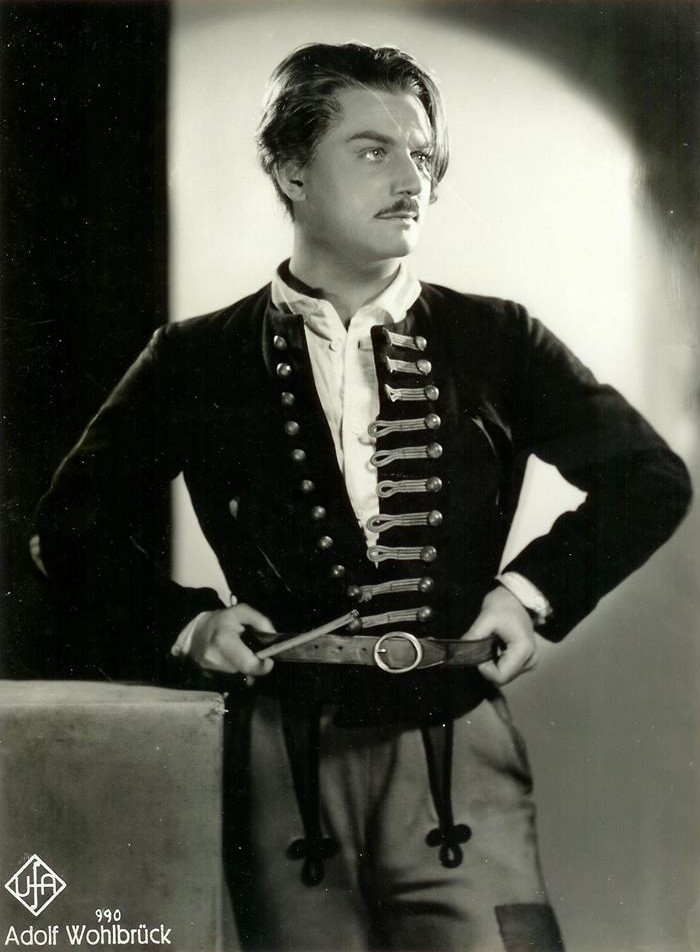Kevin Clarke
Operetta Research Center
19 July, 2020
How do you solve a problem like Zigeunerbaron? Some might ask: is there a problem with this 1885 show? Well, that depends on who you ask. Some of today’s “woke” identity politics advocates will say that characters like Sandor Barinkay are sexist and misogynist in a way not acceptable after the #metoo debates, others will claim that the word “Zigeuner,” i.e. “gypsy,” makes it a no-no to put on the show. Especially since it’s not just the title, but the entire “gypsy” element of the operetta: how this group of characters is portrayed – “stereotypically” – in the libretto by Ignaz Schnitzer and the celebrated music by Johann Strauss. Yet there are major Zigeunerbaron productions coming up next season that will work their way around these questions, one way or another.

Collins Dictionary says: “A Gypsy is a member of a race of people who travel from place to place, usually in caravans, rather than living in one place. Some Gypsies object to this name, and prefer to be called Romany.” (Photo: Michael Schmid / Unsplash)
On 24 October 2020 stage director Tobias Heyder will present his interpretation of Zigeunerbaron at Theater Magdeburg. Because of the current Corona restrictions it will be a somewhat reduced version. But the most striking element about it is, by far, an image showing the set designed by Pascal Seibicke.
You see an old fashioned (or ultra hip?) bar with a giant staircase in the middle as might benefit any Gypsy Princess production, and you see two giant gorilla hands with red nail polish grabbing the walls, threatening to tear them down.

The “Zigeunerbaron” set design for Theater Magdeburg by Pascal Seibicke. (Photo: Pascal Seibicke)
What does an ape have to do with Zigeunerbaron, you might wonder? The answer is: Mr. Heyder’s staging transfers the action to a bar called “The Three Monkeys,” referring to the famous three “wise monkeys” that sit, covering their ears, eyes, and mouth, as a symbol for not wanting to see, hear, or say, what is happening around them. Such is the situation operetta audiences have lived in for decades with regard to the Gypsy Baron, claims the director.

The three wise monkeys at the Tōshō-gū Shrine in Nikkō. (Photo: Jakub Hałun / Wikipedia)
In a way, that’s true. Operetta after 1933 and especially after 1945 was seen by many as a “safe space” from which any political complications and social discussions were banned, offering “operetta as pain killer” instead, which is the title of Austrian journalist Bertram K. Steiner’s 1997 essay. There he writes: “One arrives at operetta as a veteran of existentialism, after one has realized that progress and regression lead to the same inferno. For radicals and bigots of all coloring, for immoral optimists, operetta is a horror. They will learn soon enough how idiotically soothing it is to be wedded by the little finch (Dompfaff) and afterwards do as the swallows do.”
For the longest time operetta audiences and operetta producers have refused to include any current debates when it comes to their beloved titles. After Mr. Steiner you find Richard Traubner define the genre in his updated version of Operetta: A Theatrical History as “flowing champagne, ceaseless waltzing, risqué couplets, Graustarkian uniforms and glittering ballgowns, romancing and dancing,” not to mention “gaiety and lightheartness, sentiment and Schmalz.” A show such as Zigeunerbaron has been made to fit such as sentimental and schmaltzy ideal. (For a review of the 2017 production at the Neustrelitz operetta festival, click here.)
Clemens Krauss and the Vienna Philharmonic Orchestra “ennobled” the score and lifted it to classical heights where political discussions of any kind were numbed by the beauty of the music, in typical 1950s fashion. The album was released on Decca, and is still available. Parallel to this Elisabeth Schwarzkopf recorded her version of Zigeunerbaron for EMI and did more or less the same, her version is also still available and cherished by many as a landmark recording.
Much later, Nikolaus Harnoncourt released his “version” of the show, based on his idea of “back to the original” – with opera people such as Herbert Lippert, Pamela Coburn and Julia Hamari, despite the fact that there were no opera singers involved in the world premiere cast for who Strauss wrote the show, a cast that included Alexander Girardi who is as far removed from Rudolf Schasching as Kálmán Zsupán as can be. But those are details that never bothered Mr. Harnoncourt when he tackled operettas by Strauss or Offenbach, let along his latter day George Gershwin excursions.

Alexander Girardi as Kálmán Zsupán in the world premiere production of “Der Zigeunerbaron,” 1885.
Recently, Peter Lund brought Zigeunerbaron to Volksoper Wien and re-set the entire historic action in a new historic context: he made it look like a cartoon from the 1880s in which the operetta was created. That made for some colorful scenes, but it didn’t really address any of the controversial aspects and it didn’t examine why such aspects were not seen as controversial in Strauss’ time, and why they are disturbing today. Which, in the end, made Mr. Lund’s production almost numbingly dull. (To read John Groves’ review, click here.)

Anita Götz (Arsena), David Sitka (Ottokar) in “Der Zigeunerbaron” at Volksoper Wien (Photo: Barbara Pálffy / Volksoper Wien)
In an essay entitled “Identitätspolitik: Die digitalen linken Spießer“ Jan Freyn writes in Die Zeit this week: “You shall know them via their most boring members,” referring to the militant social justice activists on the political left. “The new petty bourgeoisie on the left looks at the present and past with puritan and policing eyes, and they savor that they can check any flourishing debates with garden scissors in hand to trim the hedge as soon as the discussion doesn’t suit their ideals.” You could apply this verdict about “the most boring members“ to the operetta world, easily.
In his recent bachelor thesis Die Pop(p)erette – Pornografie unter dem Deckmantel der Kunst Austrian researcher Alexander Rapp from the Musik und Kunst Privatuniversität der Stadt Wien writes: “For many young people and adults the art form operetta leaves a bitter after taste because they see it as uptight, boring and detached from their realities.”
Why hasn’t anyone addressed the “problematic” aspects of Zigeunerbaron in a non-uptight and non-boring way and show how drastic the sexual politics are that Sandor Barinkay adherers to in his dealings with Arsena and Saffi, and women in general? Doesn’t the dashing pose and music, contrasting with his very off putting behavior, make Barinkay more interesting than editing out all the discrepancies?

Adolf Wohlbrück in an UFA publicity shot for “Zigeunerbaron,” seen as “ein flotter Geist der viel gereist” in 1935.
And wouldn’t it be more shocking to fully show the stereotypes with regard to “gypsies” in this historic show – and make the audience realize just how much has changed since 1885, and why? You could apply the same question to the way the military is portrayed. Why would Strauss/Schnitzer create such a romantic ideal of military service and action back then, when most people in the audience knew what terrors awaited them on the battle fields?
Are post-WW2 audiences really too stupid, or unwilling, to understand how much more interesting operettas like Zigeunerbaron are when you put them onto the stage with all the elements that we are discussing to vehemently elsewhere, but leave unaddressed in the world of operetta? Will the gorilla with the painted finger nails tear down this wall of resistance to make operetta part of today’s “culture wars”? (Donald Trump’s 2020 presidential campaign is broadcasting “news” from the so called “War Room Weekly,” just to get the message accross clearly.) Or is it, possibly, better to retain a safe space of sorts where we are blessedly spared all of these debates – and can still focus on the pretty music, maybe roughened up a bit by people such as Mr. Harnoncourt, but are never threatened to leave our comfort zone?
Berlin 2021: Setting Strauss On Fire
The other new production coming up next season is by Tobias Kratzer at Komische Oper. (Should Corona allow for that plan to go ahead in 2021.) Mr. Kratzer’s Tales of Hoffmann have recently been released on DVD, a production from Amsterdam. In it, he re-sets the entire story in an apartment building and stubbornly ignores almost every detail that makes the original “fantastical” story so gripping – instead pulling everything into a bleak present day “reality” that makes this piece loose almost everything that makes it unique (including its homoerotic element), notwithstanding the fact that the singers are amazing and Erwin Schrott in particular is an actor worth watching close up as the evil mastermind, even if the demonic is driven out of him by Mr. Kratzer.
So it will be interesting to see what Mr. Kratzer “drives out” of Zigeunerbaron in 2021. In their preview photo, Komische Oper shows a woman standing in front of an Arab vegetable shop, presumably in Kreuzberg or Neukölln, dancing and jumping into the air, while behind her a trail of overcoats on the ground is bursting into flames – a possible reference to the killing of “gypsies” in concentration camps by the Nazis, but also a potential reference to the more recent “Döner killings” by the new Nationalsociast Underground (NSU) of Turkish and/or Arab people in Germany. (Click here to see the Komische Oper image.)
Till we find out more about the Berlin staging in January 2021, let’s keep an eye on the red fingernails in Magdeburg.
For more information and performance dates of the Magdeburg production, click here. For information about the Berlin production, click here.
